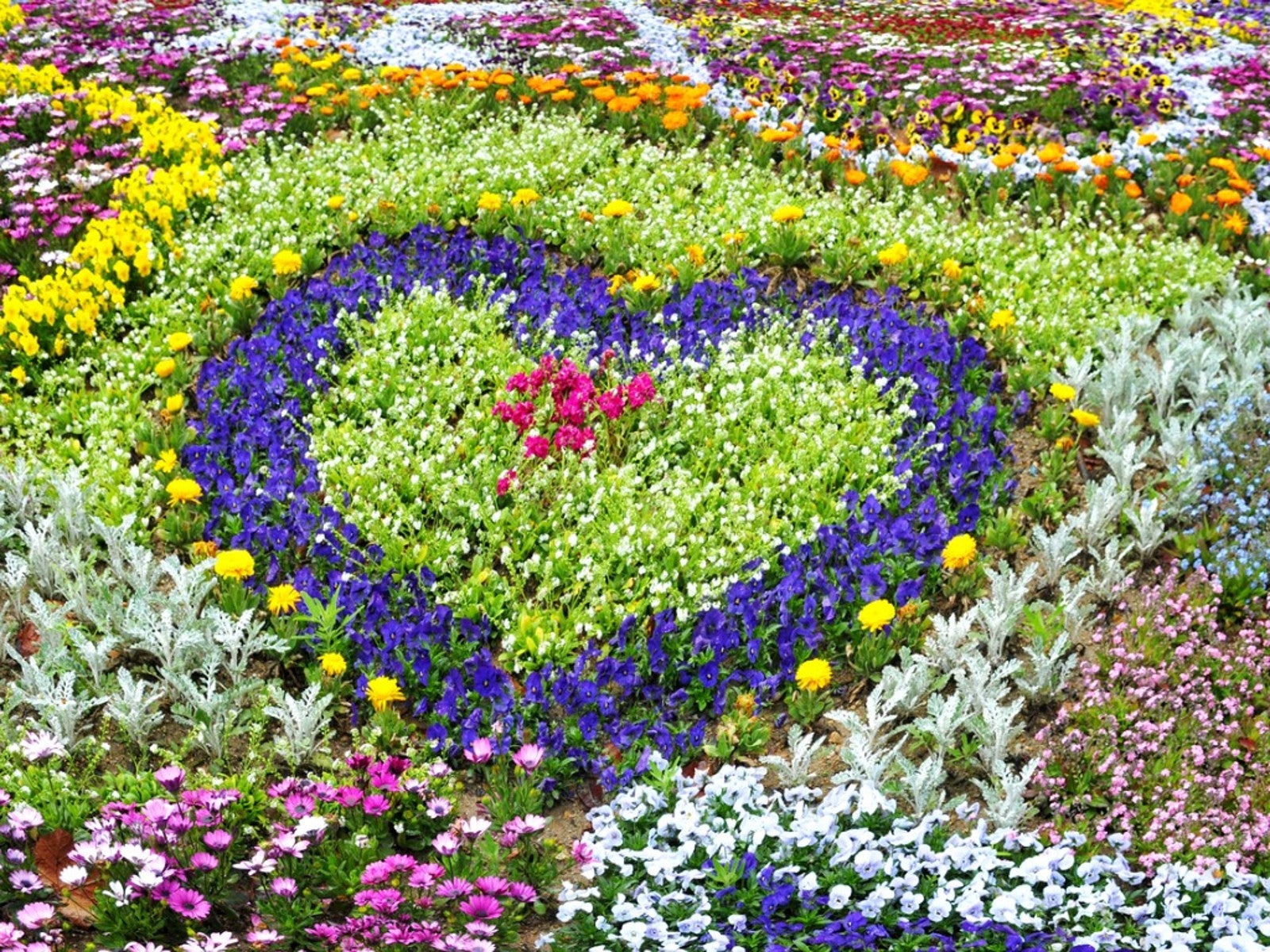Horticulture Therapeutic Benefits - Using Healing Gardens For Therapy

Gardens used for therapy provide a great way to heal and nurture us, whether we're suffering from a physical, mental or emotional condition or just want to enjoy the peace and relaxation that one finds in a garden. There's no better place to become one with nature than in a therapy garden. So what is horticultural therapy and how is it used? Let's learn more about healing gardens for therapy and the horticulture therapeutic benefits they provide.
What is Horticultural Therapy?
Essentially, horticultural therapy is exposure to a natural setting of gardens and plants to help with all levels of healing. Observing nature and her cycles and patterns and designs tends to soothe the human spirit, which contributes to wellness and healing. There are horticultural gardens designed for specific ailments, as well as gardens that are simply built for calming ourselves in a stressful world.
The art of incorporating a natural setting for healing is not a new practice. Ancient civilizations and various cultures throughout time have used horticultural therapy as part of a holistic healing regimen.
Horticultural Therapeutic Benefits
The horticulture therapeutic benefits for people with physical, emotional, mental and social challenges are numerous. Professionals cite that people who grow and care for plants tend to be more successful in other aspects of their lives.
In addition to stimulating the senses, garden therapy tends to release stress, alleviate depression, improve creativity, promote pleasant emotions, improve motor skills and reduce negativity.
Patients recovering from illness or minor surgery who have been exposed to healing gardens for therapy tend to recover faster than those that have not been exposed.
Where Are Healing Gardens Used?
Using garden therapy has gained much attention in the United States recently and has always been embraced by eastern cultures. Horticultural therapy centers are popping up all over the country in response to a growing recognition and acceptance of natural therapies.
Sign up for the Gardening Know How newsletter today and receive a free copy of our e-book "How to Grow Delicious Tomatoes".
Natural health centers often employ professional horticultural therapists, as do nursing homes, group homes, hospitals and rehabilitation centers. Patients who are recovering from orthopedic and reconstructive surgeries regain mobility and strength in a physical garden setting. Even traditional hospitals and clinics are developing therapeutic gardens to promote faster healing for their patients.
Healing gardens for therapy offer patients a place to relax, regain strength and allow their bodies, minds and emotions to heal. As more of us become interested in non-invasive methods of treatment, healing gardens and horticultural therapy provide a safe and natural alternative to conventional treatments. Studies reveal that being in nature or even viewing nature scenes may lower blood pressure and respiration, can calm an active brain and help tamp down stress hormones. Lowering stress levels contributes to better health in general.
Creating a Healing Garden
Whether for physical therapy, stress relief or simple enjoyment, everyone can benefit from a healing garden. It's easy to incorporate one into a landscape, keeping in mind the intention of keeping it as comfortable, peaceful and lovely as possible.
Healing garden designs vary depending on use, and many plans are available online or in print. Before constructing a healing garden, be sure to draw up a detailed plan and visit a few healing gardens locally to get an idea of what kinds of plants work best. Plan to incorporate some hardscape features that provide safe and even surfaces on which to walk and sit. Gently bubbling water features may add to the ambience and, if possible, some plants for butterflies and birds can complete the peaceful atmosphere.